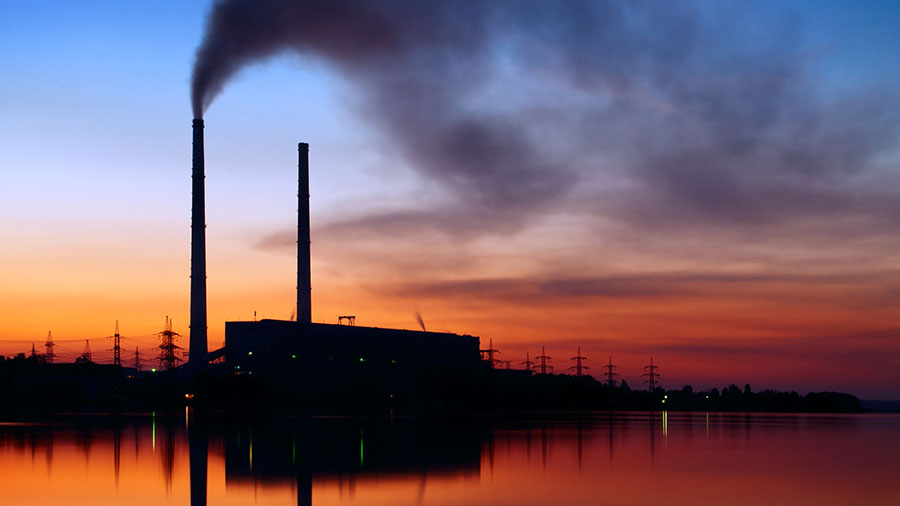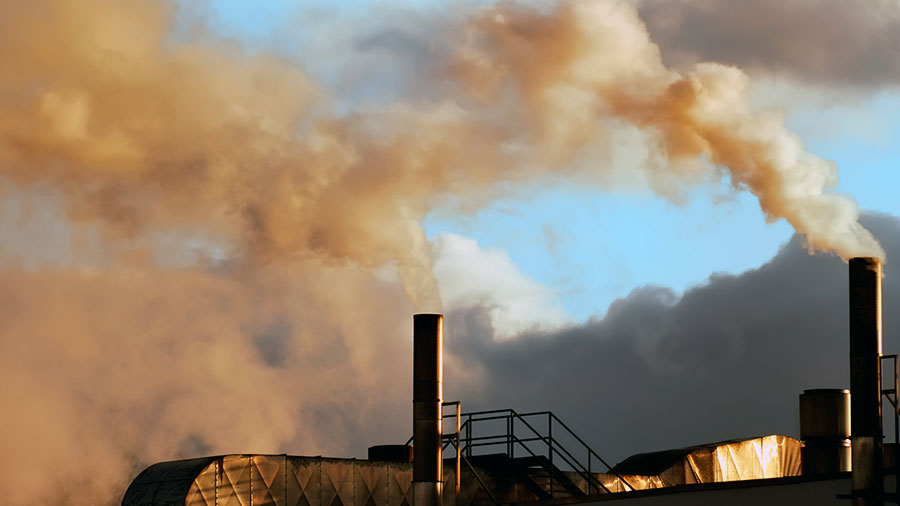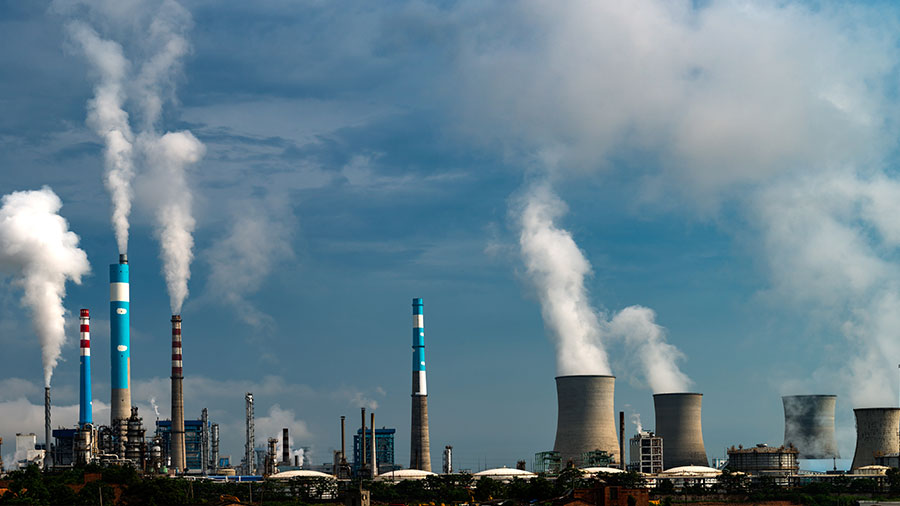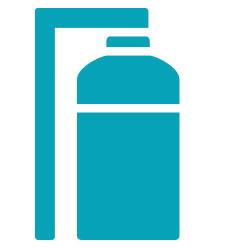VOCs
VOLATILE ORGANIC COMPOUNDS
What are VOCs?
Volatile Organic Compounds (VOCs) are mostly composed of carbon, hydrogen and usually oxygen. They may also contain nitrogen, sulphur and halogenated compounds such as chlorine, bromine and fluorine.
These compounds can be highly polluting and must be treated before they are emitted into the atmosphere. This can be done using thermal oxidation systems such as RTO, RCO, DFTO, etc. These systems combine the compounds with oxygen to produce a combustion reaction, resulting in the production of carbon dioxide and water and thereby eliminating their potential to harm the environment.


Problems caused by VOC emissions
VOCs become volatile at a certain temperature. In other words, they are compounds that partly evaporate when moving from the liquid phase into the gaseous phase (usually air or nitrogen). As a result, it is illegal to emit them into the atmosphere directly, and they must therefore be treated using specialist equipment.
In relation to their hazardousness, Volatile Organic Compounds (VOC) can be classified into 3 groups:
- Compounds extremely dangerous for the health: benzene, vinyl chloride and 1,2 dichloroethane.
- Class A compounds: those that can cause significant damage to the environment, such as: acetaldehyde, aniline, trichlorethylene, etc.
- Class B compounds: they have less impact on the environment. Among others, acetone and ethanol belong to this group.
Which industrial sectors are affected?
Many different industrial sectors emit VOCs during their production processes. Examples include the pharmaceutical and chemical industries, which use large quantities of volatile solvents; and the petrochemical and fuel storage industries. The paint, coatings, printing and automotive industries are also habitual producers of these types of pollutant.

Tecam’s solutions for VOC emissions
At Tecam, we specialise in the elimination of Volatile Organic Compounds (VOCs). We combine the most effective technologies on the market to develop solutions that are able to reduce these pollutants by up to 99.9 % in highly complex applications. You can always count on tailor-made solutions with Tecam and, where necessary, the development of specific components, software and/or materials.
No matter how big or complex the problem, Tecam is the technology partner that will provide you with the solutions you need to control your VOC emissions.
Contact us
Koole Terminals: an example of what we can do for you
Koole Tankstore Minerals is an international hydrocarbon storage company with a total storage capacity of over 3,500,000 cubic metres. Tecam was contracted to reduce Volatile Organic Compound (VOC) emissions generated during gas venting at Koole’s facilities in the port of Rotterdam in the Netherlands.
We proposed a tailor-made solution based on Regenerative Thermal Oxidation (RTO) technology, which achieved a 99.9% reduction in the company’s VOC emissions.
Learn more about this success story, which made Tecam winner of the Tank Storage Award in 2020 in the category of “Environmental Performance”.
Satisfied customers that have placed their trust in us. Geopak Colombia
“In 2019, at the Geopak plant in Bogotá, Colombia, we faced the challenge of having to significantly reduce our emission of the Volatile Organic Compounds (VOCs) that were generated during the production processes related to our flexographic printing activities. In order to obtain the most appropriate technological solution, we contacted Tecam, who accompanied us throughout the project management process.
Tecam delivered the project on a turnkey basis, including the engineering and design stages, assembly, installation, commissioning, maintenance, and training our operators. Tecam offered us a tailor-made solution that incorporated the technology best suited to our specific needs, providing us with a highly durable and reliable facility”.
Mr. Jaime Cala
Director (Latin America), Decowraps, Geopak Colombia






